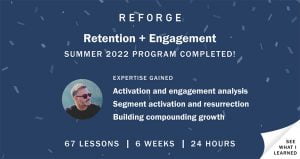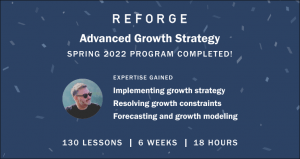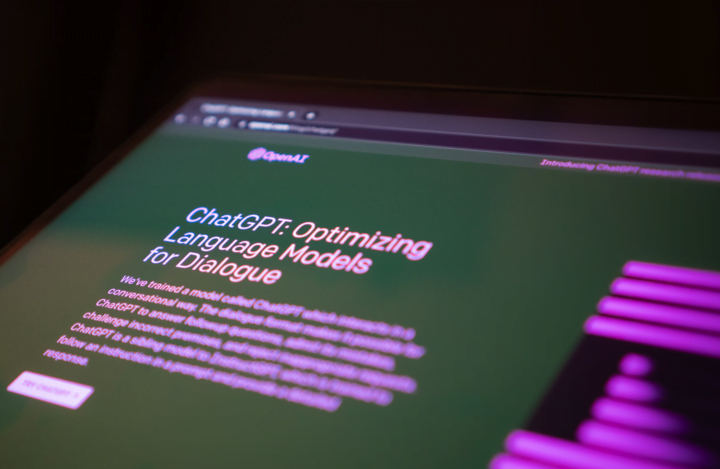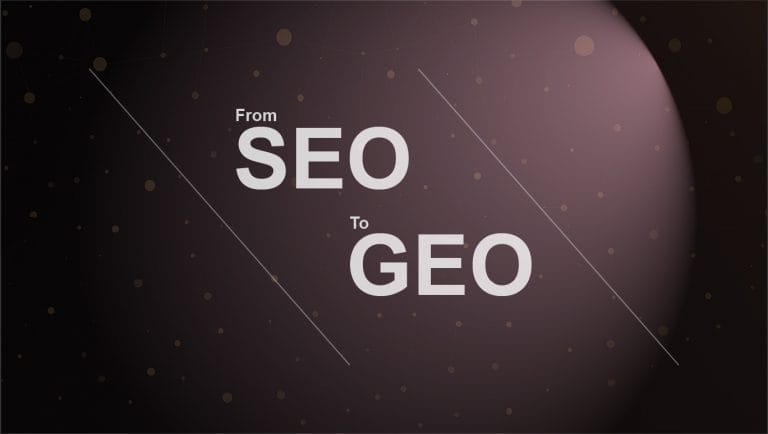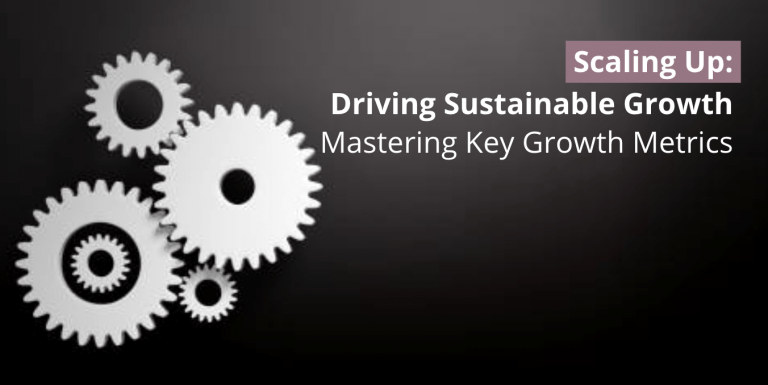Growth is a term that is often thrown around in the business world, but what does it really mean?
Many senior business leaders think of growth as a series of hacks and tricks that can lead to rapid expansion and a skyrocketing customer base. However, the truth is that growth is much more than that.
Growth is a framework, a mindset, and a set of practices that require a strong foundation to be truly sustainable.
In this article, I will explain why growth cannot be a hack, and why businesses must instead transition to sustainable and repeatable growth by weaving in foundational elements of growth into your culture and approach to unlock real growth.
The Myth of the Growth Hack
Many businesses have heard the stories of brands like Facebook, Airbnb, and Robinhood, who seemingly overnight achieved massive growth through clever hacks and tactics. These stories are inspiring, but they only tell one side of the story.
For every successful hack, there are countless examples of failed attempts that never see the light of day. Growth hacks are not a silver bullet, and relying solely on them to drive growth is a recipe for failure.
Sustainable, repeatable Growth: It's not a destination, it's a continuous journey
When talking about Growth in this context, I’m referring to sustainable growth.
Repeatable Growth ≠ Growth Hacking
To be sustainable it has to be repeatable and for that you need a scalable framework that facilitates continuous experimentation to discover what works best for your particular challenges.
Your framework should consist of (1) Inputs, (2) Planning and forecasting, (3) testing and learning and (4) analysis.
Focus 80% of your energy on creating that always-on experimentation engine that should consists of inputs, planing and forecasting and testing and learning aspect.
Inputs: Understanding the Why behind User Behaviour
- Constantly provide data and insights from an outside-in and inside-out perspective.
- Understand not only what your users are doing but also why they are doing it.
Plan and Forecast: Defining Where You’re Going and How to Get There
- Without a clear plan, you won’t know where you’re going or how to get there.
- Forecasting is not an exact science, it’s a blend of art and science.
- It’s essential to help you define your goals and determine how to achieve them.
Execute (Test & Learn): Focusing on Three Flywheels
- Brand: Build and expand your total addressable market (TAM).
- User base: Optimise your funnel, create loops, and diversify channels.
- Value: Drive retention, build habits, and shrink churn.
Measure (Rinse & Repeat): Continuously Improving Your Growth Engine
- Close the loop by measuring and analysing.
- Continually refine and improve your growth engine.
- Keep experimenting and refining until you find what works best for your challenge.
Remember, growth is not a destination, it’s a continuous journey. Use this simple always-on engine to help you focus your efforts and build a framework that will enable your business to grow and thrive.
"Sustainable growth is not a hack, it's a foundation that's built on a culture of speed, experimentation, velocity of decision making and most importantly cross-functional collaboration to deliver experiences that influence & shift user behaviour. Don't search for the hack, build the foundation & the hacks will follow!!!"
The Foundation of Growth
So, if growth is not a hack, what is it? Growth is a complex process that requires a strong foundation to be truly sustainable. Some of the key components of this foundation include:
👉 Strong data and data science foundation
Understanding your customers and their behaviour is essential to driving growth. Businesses that have a strong data and data science foundation are better equipped to make informed decisions and develop effective growth strategies.
👉 Mindset to test & learn and experiment
Growth is not a one-size-fits-all approach. It requires constant experimentation and testing to find what works for your business and your customers.
👉 Velocity of decision making within teams
Making decisions quickly and decisively is critical to achieving growth. Waiting for 100% of the data is often not feasible, so businesses that can make tough calls and trade-off decisions with 60% of the data are better positioned to succeed.
👉 Strong x-functional rhythm with shared outcomes
Growth is a team sport. Businesses that can align their product, marketing, engineering, sales, and other teams around shared outcomes are better positioned to achieve sustainable growth.
👉 Ability to be outside-in and not inside-out
Understanding your customers’ needs and wants is essential to developing a product that will drive growth. Businesses that are outside-in, meaning they have a stream of insights that can push their product strategy and roadmap, are better positioned to succeed.
👉 Belief that Product Market Fit (PMF) is not a constant
A product that has achieved Product Market Fit (PMF) is not guaranteed to maintain it forever. Businesses that understand this and are constantly evolving to maintain PMF are better positioned to achieve sustainable growth. Those that don’t evolve will fail.
Framework for Sustainable Growth
Growth is hard, and it requires a multifaceted approach that incorporates all of these foundational elements. Growth is not a tactic or a one-time event, but rather a framework that must be woven into the fabric of a business.
The key to sustainable growth is not to chase the hack, but to focus on the foundational elements of growth that will yield stronger results and give the team a better shot at unlocking a hack.

Growth is NOT a hack!
If you need just one takeaway from this, remember that growth is not a hack, but rather a framework that requires a strong foundation to be truly sustainable.
Businesses that focus solely on growth hacks are doomed to fail, as these tactics are often short-lived and not sustainable in the long run.
By focusing on the foundational elements of growth, such as a strong data and data science foundation, a culture of experimentation and testing, and a cross-functional approach to growth, businesses can achieve sustainable growth that will drive long-term success. Remember, growth is a journey, not a destination, and the key to success is not to chase the hack, but to focus on the framework for sustainable growth.




